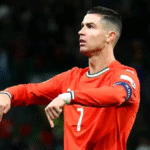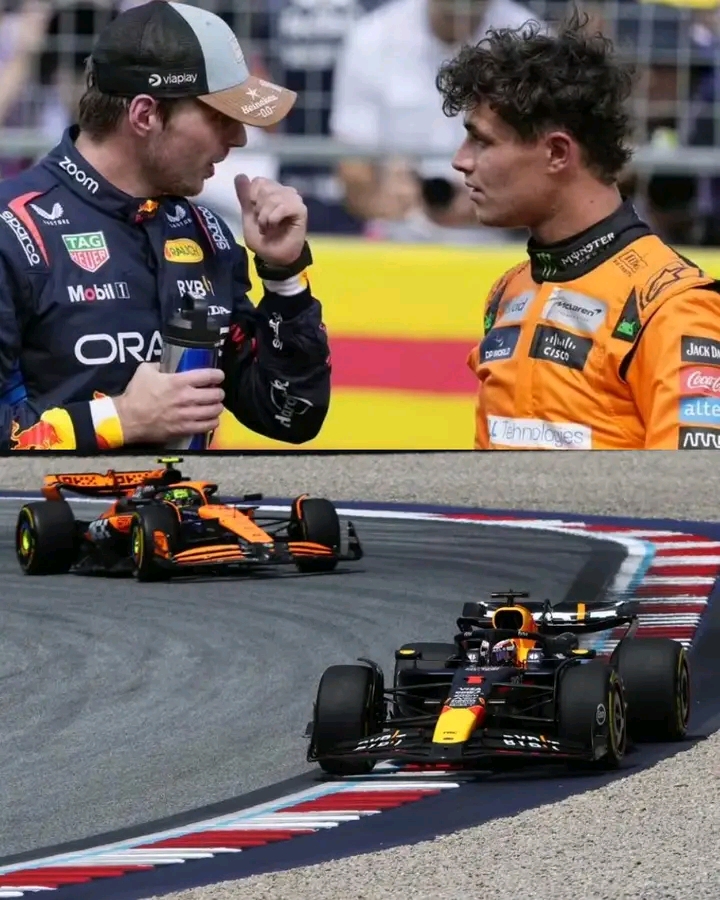In a recent race that stirred considerable debate among Formula 1 fans and pundits alike, Lando Norris received only a five-second penalty for his collision with Max Verstappen.
The incident occurred during a high-stakes moment of the race, prompting scrutiny over the FIA’s decision-making process. The governing body has now clarified the reasoning behind this relatively lenient penalty.
The collision took place when Norris attempted to overtake Verstappen, who was on a different racing line. Both drivers were vying for position in a tight battle, leading to a contact that ultimately ended Verstappen’s race.
Given the circumstances, many expected a more severe punishment for Norris, possibly reflecting the impact of the incident on the championship standings and Verstappen’s title defense.
The FIA’s decision to impose a five-second penalty was based on several factors. Firstly, they assessed the actions of both drivers leading up to the incident. According to the FIA’s report, Norris was not deemed solely at fault for the collision.
Instead, the stewards concluded that Verstappen’s positioning contributed significantly to the situation, as he did not leave enough space for Norris during the maneuver.
Additionally, the FIA considered the nature of the incident itself. The stewards classified it as a “racing incident,” where both drivers were competing closely and neither displayed reckless behavior. This distinction played a crucial role in determining the penalty’s severity.
By defining the incident in this way, the FIA aimed to reinforce the notion that racing should remain competitive, while still ensuring accountability for actions that lead to collisions.
Norris’s history as a driver also factored into the FIA’s decision. He has garnered a reputation for his fair racing style, often being praised for his awareness on the track. The stewards took this into account, viewing the incident as an isolated case rather than a pattern of aggressive driving.
The five-second penalty ultimately did not prevent Norris from finishing in the points, as he managed to maintain enough of a gap to other competitors despite the sanction.
The incident has reignited discussions about how penalties are administered in Formula 1, with fans calling for clearer guidelines to ensure consistency.
As the season progresses, the FIA’s decision will likely continue to be analyzed in the context of other incidents and penalties.
This case serves as a reminder of the fine line stewards must walk between upholding the integrity of the sport and allowing drivers the freedom to race competitively.









